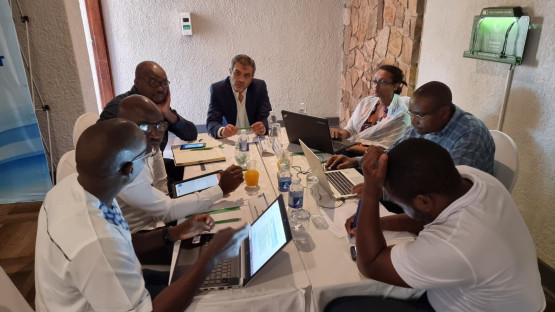As the application of ionizing radiation in diverse fields such as healthcare, industry, energy and agriculture continues to expand, radiation protection measures must also evolve to keep people and the environment safe from ionizing radiation. In response to increasing demand from its member countries, the IAEA is now developing a Safety Guide for the control of ‘existing exposure situations’.
“For the first time these situations will be comprehensively covered in a single publication,” said Hildegarde Vandenhove, Director of the IAEA Division of Radiation, Transport and Waste Safety. “The guidance will further support a consistent, harmonized approach to radiation safety in managing these types of exposures.”
People have always been exposed to small amounts of radiation from natural radioactive elements in rocks and soil, from outer space in the form of cosmic rays, and from radionuclides found in various goods such as fertilizers and building materials. These circumstances, and others involving artificial sources of radiation, fall under the category of existing exposure situations — types of exposure that already exist when a decision on the need for control needs to be taken.
Other instances that will also be covered in the Safety Guide include exposure from areas contaminated with radioactive material from nuclear or radiological incidents and accidents, or exposure in the context of industrial processes such as metal extraction techniques, oil and gas drilling, and coal mining. These processes can lead to increased concentrations of radionuclides present in minerals and raw materials, which in turn may increase the risk of exposure to workers, the public and the environment.
The publication, titled Radiation Protection and Safety in Existing Exposure Situations, is currently being drafted by the IAEA and experts in the field. When ready, the draft will be sent to the IAEA Safety Standards Committees and all IAEA member countries for comments, before being submitted to the IAEA Commission on Safety Standards for endorsement. Once approved, the Safety Guide will be issued under the authority of the IAEA Director General.





